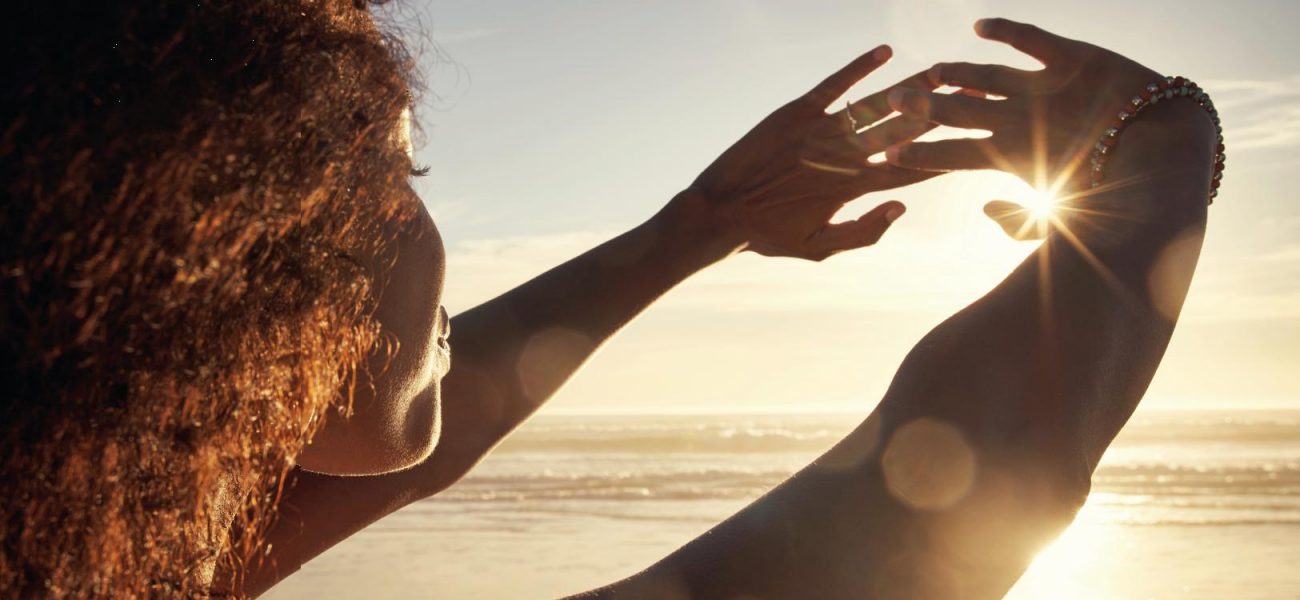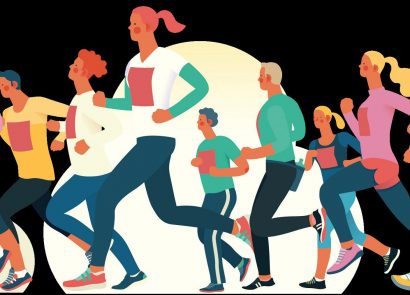Ever wondered how integral that daily dose of vit D is for you? This month, we shine a torch (pun intended) on what light does for your body and how to utilise its effects
If you’ve picked up a copy of Health & Wellbeing, you’ve probably got a good idea on how much exercise you’ve done, what you’ve eaten and even how well you’ve slept. But have you thought much about how much light you got today? If the thought leaves you scratching your chin, wondering if the glow of 96 unread emails on your computer screen counts, then read on to find out more.
Light relief
Light can have a huge effect on our bodies, impacting our mood, productivity and even our mental health. “In addition to allowing us to see the world, light sends signals that regulate our internal systems,” says Dr Timothy Brown, an expert in light at the University of Manchester. “There are cells in the eye that produce a light-sensitive protein called melanopsin which is responsible for setting our body clock, influencing sleep and alertness, and regulating our hormone levels.” So, should we start tracking the hours we spend soaking up the sun’s rays? Not quite, as Tim explains. “There’s no simple answer to the question of how much light we need. Our biological systems work with the changes in illumination – lots of light during the day, very little light during the night. However, the type of light that we get matters.”
Feeling blue
There are two things that the light of your favourite Oliver Bonas lamp won’t give you compared to the sun: that all-important vitamin D and the intensity of day-to-day light. While sunlight affects our pineal gland, artificial light will still impact your body clock. “The artificial light we experience is usually much, much dimmer than natural daylight – a well lit office, for example could easily be 10 times dimmer than being outside on a clear day.
Similarly, thanks to artificial lighting on our devices, we experience much more light in the evening than we would have traditionally, and this is potentially disruptive to healthy sleep patterns.” One of the biggest causes of sleep disturbances is often blue light, which can be found in our smartphones, laptops and even our TVs, and studies show that if you don’t reduce your exposure to them before bed, you could be setting yourself up for a bad night’s sleep.
Finding the rhythm
“Data suggests that blue colour signals can reduce the effects of light on the body’s clock compared to yellow coloured light of the same brightness,” says Tim. “This matches how the colour of natural light changes around dawn and dusk (when the world gets bluer than it is during the day).” While it’s pretty much impossible for any of us to forfeit blue light completely (digital detox, anyone?), we can adjust our exposure to artificial light. “There are now many apps that reduce the blue or green output of phone or laptop screens in the evening with the goal of helping us sleep better,” says Tim. “By filtering out shorter wavelengths, this reduces the brightness for the melanopsin system, but often, simply making the screen dimmer without changing colour is better.”
Colour wheel
So what about the other types of light that our body is exposed to, such as the red glow of a spa’s sauna, or a purple disco ball that illuminates a yoga studio? “Colour can make us feel happy or sad, cold or warm, energised or lethargic and it can affect our health too,” says colour psychologist June McLeod. “Blue light has a cool and clearing effect which is why it has been used in hospitals for more than 40 years to treat jaundice, to clear babies livers and return the yellow skin back to a healthy pink colour. Blue light is also known to make you feel more peaceful and reduce levels of stress, aiding rest and relaxation. However, red light has been used in studies where the participants wear light-infused goggles to relieve migraines with positive results, and exposure to green light has been shown to foster feelings of balance and harmony as well as helping you feel calmer.” One of the best ways you can use different colour lights to your advantage is to take a deep dive into the world of skincare. Many devices using red, yellow, blue and green LED lights have been medically approved to treat common issues such as lack of collagen, too much bacteria and inflamed skin. Don’t believe us? Why not give it a go yourself?
Where to shine (Or DIM) the light
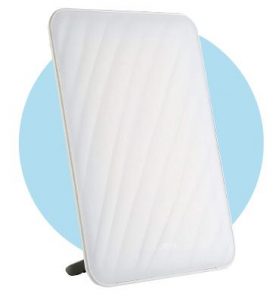
Lumie Vitamin L – Slim Light Box for Effective SAD Light Therapy, £67, amazon.co.uk
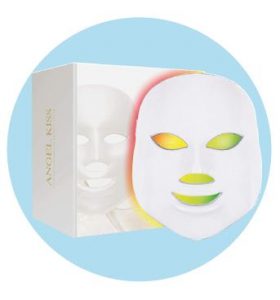
Dermashine Pro 7 Color LED Face Mask, £56, amazon.co.uk
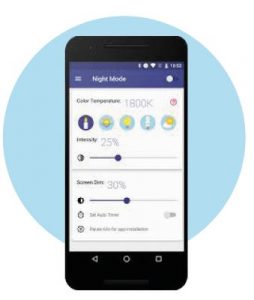
Blue Light Filter Night Mode App, free, app store









